Proactively respond and protect people's lives
According to the forecast of the Southern Institute of Water Resources, from November 6 to 10, storm No. 13 (international name Kalmaegi) will be active in the East Sea, combined with the Southwest monsoon and the November high tide, causing the water level in the Cai Lon estuary to reach its highest peak since the beginning of the flood season, forecast to exceed the warning level III by 20-25cm. This tide coincides with the high tide in the East Sea, which can cause the water level to rise by 10-30cm, causing the risk of flooding, overflowing embankments, affecting agricultural production and aquaculture in low-lying areas in the communes of An Minh, An Bien, Dong Hoa, Vinh Thuan, Vinh Binh (An Giang province).

Since November 6, Cai Lon sluice gate has been closed at most 9/11 gates to cope with storm Kalmaegi combined with high tides, helping to drain water and reduce pressure on the intra-field canal system. Photo: Trung Chanh.
In that situation, the Southern Irrigation Exploitation Company Limited issued Notice No. 90/TB-TLMN-ĐBưởi dated November 3, 2025 on the operation of the Cai Lon, Cai Be and Xeo Ro sluices to support drainage and reduce flooding caused by high tides, inland floods and the circulation of storm Kalmaegi. At the same time, the Southern Maritime and Waterways Sub-Department also issued Notice No. 1392/CCHHĐTPN-NV on restricting inland waterway traffic on the Cai Lon, Cai Be rivers and the Tan Bang - Can Gao canal to ensure safety for people and vehicles during the operation of the project.
Mr. Le Tu Do, Deputy General Director of Southern Irrigation Exploitation Company Limited, said that since November 6, the unit has proactively closed the maximum gates of Cai Lon sluice (9/11 gates), Cai Be sluice (2/2 gates) and is ready to operate Xeo Ro sluice according to local requirements, to prevent tides, drain water, and reduce pressure on the internal canal system. It is expected that the flooding situation in the upstream and downstream areas of the works will increase slightly on November 8-9 due to peak tides and strong southwest winds, but will gradually decrease when the storm weakens.
Synchronized coordination, minimizing damage
To ensure production and people's safety, the Southern Irrigation Exploitation Company Limited has closely coordinated with the Standing Office of the Civil Defense Committee of An Giang Province, the Provincial Irrigation Sub-Department and localities in the project area to operate the sluice system. The units monitor water levels and promptly inform people, organizations and businesses to proactively respond, especially in coastal communes and downstream areas of the project.

Farmers in the project area are actively harvesting ripe rice to cope with storm KAMEAGI combined with high tides, causing adverse weather affecting agricultural production. Photo: Trung Chanh.
Specifically, the People's Committees of the communes are required to instruct people to reinforce the embankments at vulnerable points, close the water intake ditches when the tide is high, and minimize the situation of overflowing and local flooding. People living along Cai Lon and Cai Be rivers and Xeo Ro - Can Gao canal are advised to raise their belongings, move their assets and livestock to safe places during the operation of the sluice. Water vehicles passing through the construction area must strictly comply with traffic safety regulations, signals and instructions from the on-site regulatory force.
According to the Southern Irrigation Exploitation Company Limited, statistics of localities in the Cai Lon - Cai Be project area are currently in the transitional season, with the total area of cultivation and aquaculture reaching the high plan. In particular, An Giang province (part of the old Kien Giang ) has completed harvesting more than 105,000 hectares of summer-autumn rice in 2025, with an average yield of 5.62 tons/ha. Autumn-winter rice has been planted on 34,000 hectares, and more than 27,500 hectares are being harvested. The aquaculture area reached 119,492 hectares, exceeding the plan by 101%, mainly shrimp farming in ponds and fields.
In Can Tho city (old Hau Giang region), the 2025 summer-autumn rice crop has also completed harvesting 48,551 hectares, with a yield of 6 tons/hectare, and an estimated output of more than 291,000 tons. The autumn-winter crop is currently harvesting 10,970 hectares. In the old Soc Trang region, more than 18,500 hectares of summer-autumn rice have been completely harvested, with an average yield of 5.4 tons/hectare, an output of nearly 100,000 tons, and an aquaculture area of 3,152 hectares, with an output of 12,877 tons.
In Ca Mau, the 2025 summer-autumn rice area reached 22,975 hectares, yielding 5.58 tons/hectare, and output of more than 128,000 tons. The Summer-Autumn crop (shrimp - rice) has been planted on 27,407 hectares, reaching 67.4% of the plan, along with 49,919 hectares of aquaculture. These figures show that the operational efficiency of the Cai Lon - Cai Be system in regulating salinity - freshwater, draining waterlogging and storing freshwater has been clearly promoted, helping to stabilize production and livelihoods in the downstream area.
According to the leader of the Southern Irrigation Exploitation Company, the flexible operation of the Cai Lon - Cai Be sluice cluster to respond to the Kalmeagi storm combined with high tides is a testament to the proactive coordination between specialized agencies and localities. This is also a practical test for the system in adverse meteorological and hydrological conditions, and at the same time an important premise towards the goal of smart operation, automating water resource management in the downstream of the Cai Lon - Cai Be River, serving the sustainable development of agricultural production, aquaculture and people's livelihoods.
The Cai Lon - Cai Be irrigation system is not only a key project in the Mekong Delta region but also a safe "shield" against climate change and extreme weather. The proactive and early response of sectors, localities and people during dangerous rains and storms has affirmed the strategic role of the project in protecting the fertile land, ensuring the livelihoods of millions of residents in the downstream of the Mekong Delta.
Source: https://nongnghiepmoitruong.vn/van-hanh-cum-cong-cai-lon--cai-be-ung-pho-voi-bao-kalmaegi-d782743.html



![[Photo] Prime Minister Pham Minh Chinh receives the delegation of the Semiconductor Manufacturing International (SEMI)](https://vphoto.vietnam.vn/thumb/1200x675/vietnam/resource/IMAGE/2025/11/06/1762434628831_dsc-0219-jpg.webp)

![[Photo] Closing of the 14th Conference of the 13th Party Central Committee](https://vphoto.vietnam.vn/thumb/1200x675/vietnam/resource/IMAGE/2025/11/06/1762404919012_a1-bnd-5975-5183-jpg.webp)


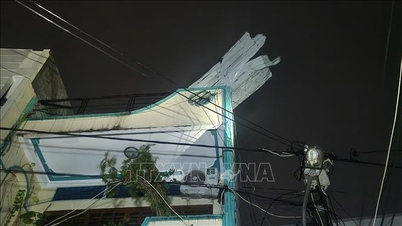

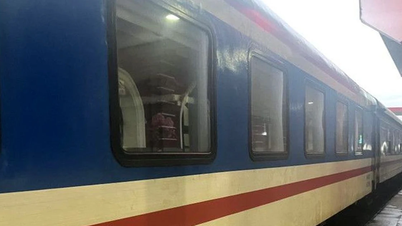

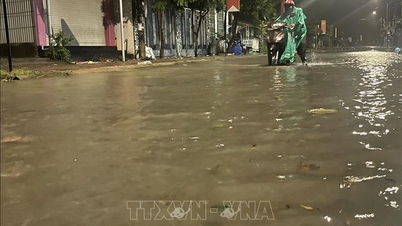
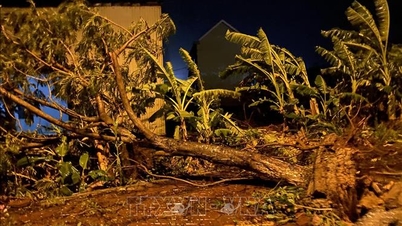


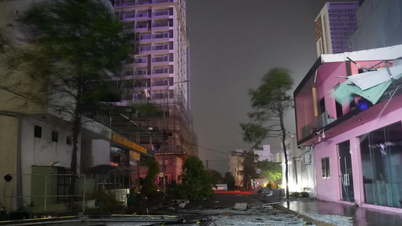





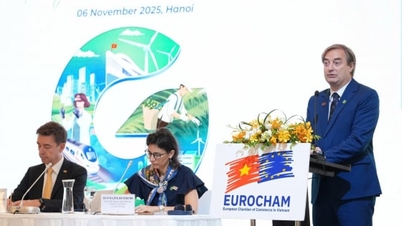

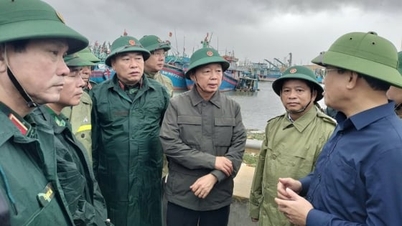
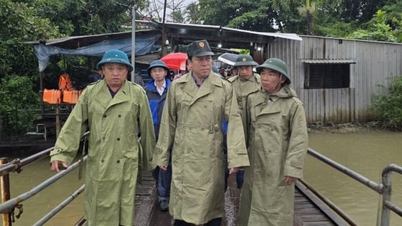








































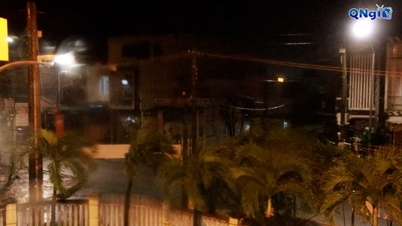


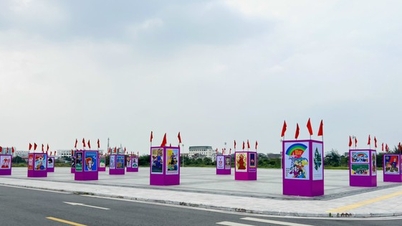






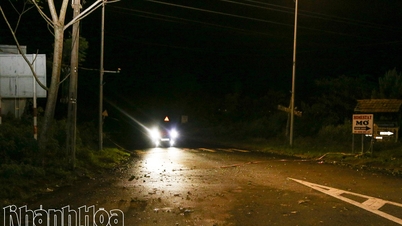

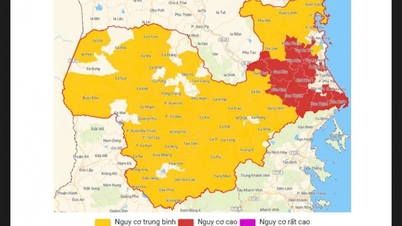

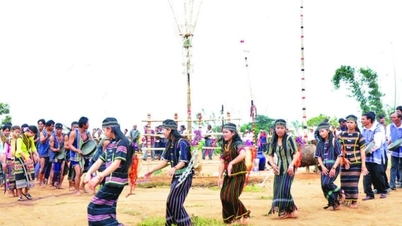















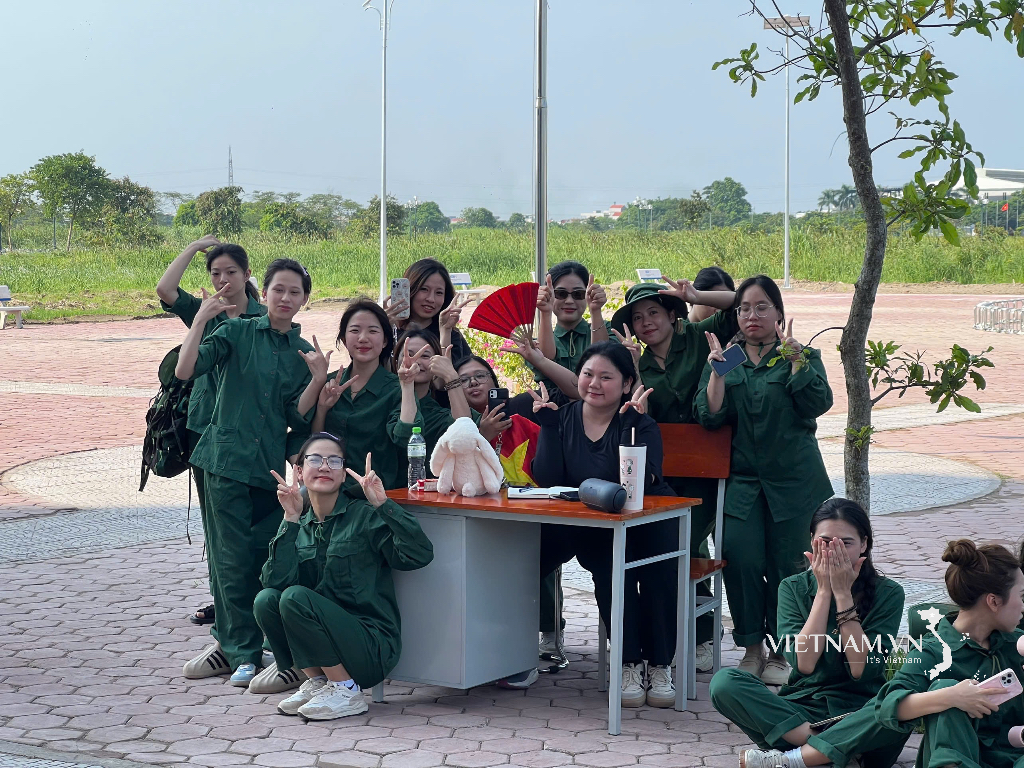



Comment (0)